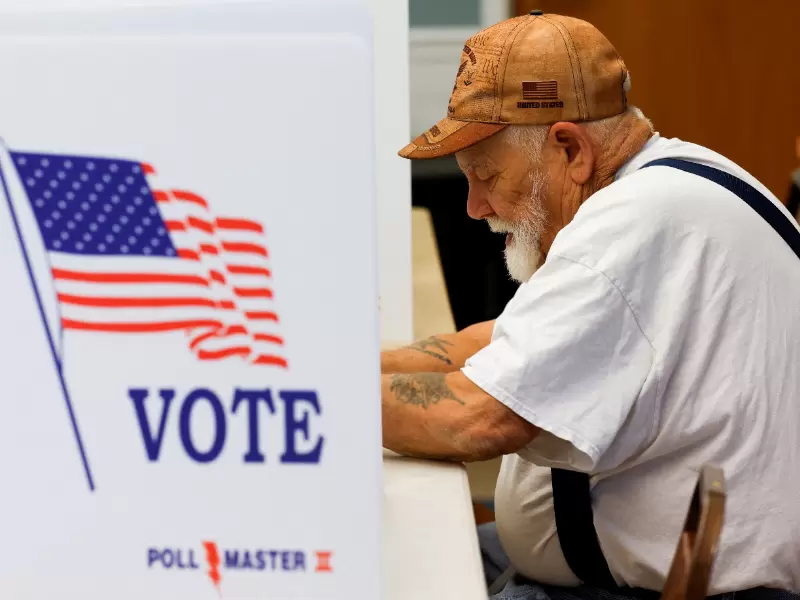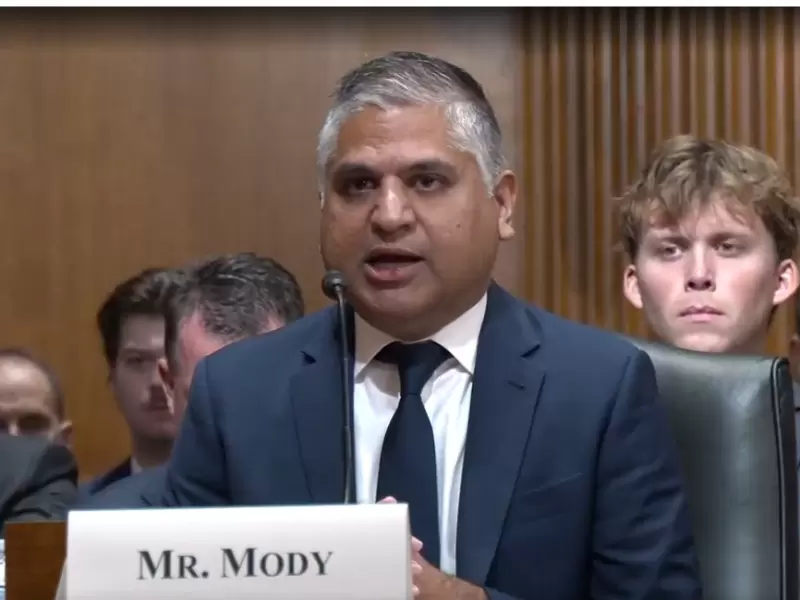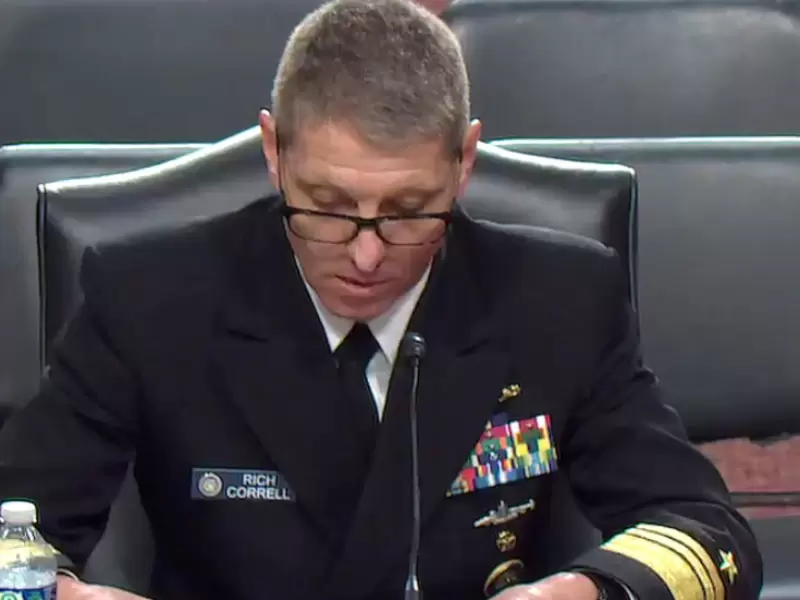Medi-Cal Changes: What Californians Need to Know
The program currently covers nearly 15 million Californians, more than one in three residents, making it the largest Medicaid program in the nation.
 Representative Image / Pexels
Representative Image / Pexels
Medi-Cal, California’s Medicaid program, is entering a period of sweeping changes that will roll out between 2026 and 2028. The program currently covers nearly 15 million Californians, more than one in three residents, making it the largest Medicaid program in the nation. For many, it is a lifeline, providing access to doctors, hospitals, prescriptions, mental health care, and services that address social needs like housing and transportation.
At a recent briefing hosted by American Community Media (ACoM), leaders from the California Department of Health Care Services (DHCS) outlined how new federal laws and California’s state budget will reshape eligibility, benefits, and requirements. Officials emphasized both the continuity of core protections and the significant new responsibilities Medi-Cal members will face.
Core Benefits Remain
Despite upcoming changes, DHCS stressed that Medi-Cal’s foundation remains intact. Children under 18 and pregnant people regardless of immigration status will continue to receive full-scope coverage. This includes primary and specialty care, hospital services, prescriptions, dental and vision care, and mental health support. Pregnant people are covered throughout pregnancy and for one year postpartum.
Tyler Sadwith, California’s State Medicaid Director, highlighted the importance of reminding families of these protections:
“Sometimes families are not aware that their children or they themselves are eligible. We want to emphasize that these benefits are staying in place. Medi-Cal will continue to support millions of Californians.”
Federal Changes: The “One Big Beautiful Bill”
The most sweeping shifts stem from a new federal law, the “One Big Beautiful Bill.” These provisions, taking effect mainly in 2027 and 2028, introduce stricter requirements for some adults.
Work Requirements
Beginning Jan.1, 2027, many adults ages 19–64 will need to work, study, volunteer, or participate in job training for at least 80 hours per month to keep coverage. Members can meet the requirement by working a job that pays at least $580 per month; averaging $580 per month over the past six months as a seasonal worker; attending school at least half-time; participating in job training; volunteering or combining multiple activities to reach 80 hours
Exemptions apply to children under 19, adults 65 and older, pregnant people, new parents (up to one year postpartum), parents of children under 14, people with disabilities or serious health conditions, individuals recently released from jail or prison, foster youth under 26, and American Indians and Alaska Natives.
If members who are subject to the rules do not meet them, they risk losing their Medi-Cal coverage. Sadwith assured that DHCS will work to confirm exemptions automatically whenever possible. Still, members are urged to watch their mail closely for notices.
Renewals Twice a Year
Currently, most Medi-Cal members renew eligibility annually. Starting in 2027, adults without dependent children must renew twice a year. While DHCS plans to automate renewals using existing databases, members who miss deadlines or fail to return paperwork could lose coverage.
Copayments for Some Services
In October 2028, Medi-Cal will begin charging small co-payments for certain specialty services and tests. Emergency care, primary care, pediatric and prenatal care, mental health services, and substance abuse treatment will remain free. Officials acknowledged that even modest co-pays may create barriers for low-income families.
State-Level Changes: California’s Budget Decisions
California is also making changes through its budget, many of which start in January 2026. These adjustments reflect both fiscal constraints and the state’s goals for innovation in care.
Transitional Rent
A new benefit, Transitional Rent, will become mandatory for all Medi-Cal managed care plans in 2026. The program provides up to six months of rental assistance for members at risk of homelessness or leaving institutional care. The goal is to stabilize people in housing while connecting them with longer-term solutions.
Coverage for Undocumented Adults
Currently, undocumented adults can qualify for full-scope Medi-Cal. Beginning January 1, 2026, that changes. Adults 19+ applying for the first time will only receive emergency Medi-Cal if their immigration status does not qualify for federal Medicaid.Those already enrolled by December 31, 2025 can keep full coverage, as long as they renew on time.
Pregnant people and children under 19 will remain eligible for full coverage regardless of status. The enrolled 19-year-olds will have their coverage continue even when they age beyond 19 years.
Dental Coverage
Starting July.1, 2026, undocumented adults who do not qualify for federal Medicaid will lose access to routine dental care. Emergency dental services — for pain, infections, or extractions — will still be covered. Pregnant people keep full dental benefits during pregnancy and through the one-year postpartum period.
Monthly Premiums
From July.1, 2027, undocumented adults ages 19–59 who are not federally eligible will need to pay a $30 monthly premium to maintain coverage. Children, pregnant people, and adults 60 and older are exempt. Members who miss payments will have a three-month grace period before being shifted to emergency-only Medi-Cal.
Asset Test Returns
Another major shift: Medi-Cal will again consider assets (not just income) for older adults and people with disabilities. Starting in 2026, individuals must keep assets under $130,000, with $65,000 added for each additional household member, up to 10 members. Exempt items include a primary home, one vehicle, household goods, and retirement accounts.
This is a dramatic increase from the old $2,000 limit but will require some households to track savings, property, and other holdings more closely.
Preparing for the Changes
Officials repeatedly urged members to keep their contact information updated with their county or through BenefitsCal.com. Renewal packets are usually mailed in yellow envelopes, and counties may also send text reminders. Members have a 90-day grace period to submit missing paperwork, but if deadlines are missed, coverage may be lost, requiring reapplication.
Yingjia Huang, Deputy Director for Health Care Benefits and Eligibility at DHCS, reassured that most Medi-Cal members will not see major disruptions:
“For the vast majority, services remain unchanged — doctor visits, hospital stays, medications, mental health, long-term care, dental, vision, and transportation will continue to be covered. The new supports are designed to help people stay healthy in their communities.”
The Bottom Line
The changes reflect a balance between federal mandates, state budget realities, and California’s efforts to address broader social needs. But they also add new challenges: stricter work requirements, more frequent renewals, premiums for some, and the return of asset tests.
Advocates worry these steps may push vulnerable people out of the program. Missed forms, unstable jobs, or even a small copay could jeopardize care for those already struggling.
At the same time, initiatives like Transitional Rent, part of CalAIM’s “community supports” show a shift toward integrating health and housing — recognizing that medical care alone cannot ensure well-being.
For now, DHCS’s message is clear: pay attention to notices, renew coverage on time, and use Medi-Cal benefits fully. “We encourage families to see their doctor, fill prescriptions, and get preventive care,” Sadwith said. “Medi-Cal remains committed to supporting the health of Californians.”
ADVERTISEMENT
ADVERTISEMENT
E Paper
Video



 Ritu Marwah
Ritu Marwah 












Comments
Start the conversation
Become a member of New India Abroad to start commenting.
Sign Up Now
Already have an account? Login